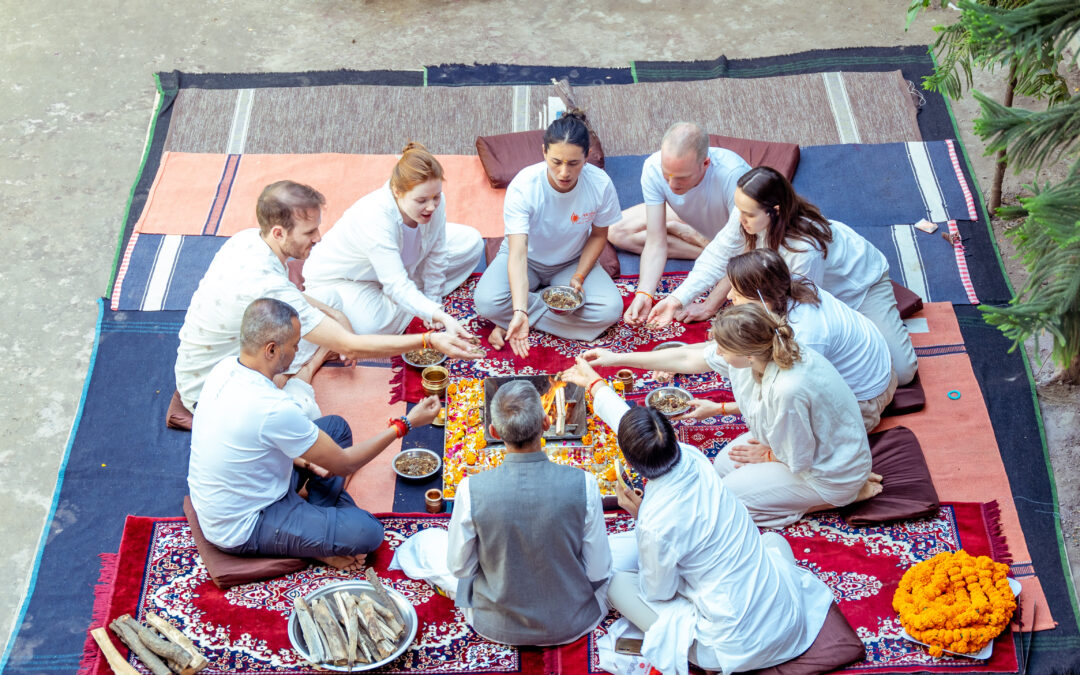
by admin | Sep 20, 2025 | Health & Wellness
It is only natural that in a world full of distractions and requirements, finding a purpose in our lives can become like trying to find the needle in the hay stack. What would happen in case the key to the more satisfying life is not only in what we are doing but in...

by admin | Sep 12, 2025 | Health & Wellness
Do you wake up and turn and turn in the night, Counting sheep till dawn? Sleepless nights have become your new unwanted friend, perhaps now is the time to turn to your yoga mat, rather than to sleep aids. Now, enter a world where calmness intersects with flexibility...

by admin | Sep 5, 2025 | Health & Wellness
It is easy to imagine that in the busy world we are living in, it is like searching a needle in a hay stack to find some time of peace. Go into Childs Pose- a sanctuary on your yoga mat that helps you to take a moment, inhale and reconnect with yourself. It is one of...

by admin | Aug 25, 2025 | Health & Wellness
Are you willing to open up a realm of flexibility and power directly off your yoga mat? Well, it is time to see the Cobra Pose! This strength pose is not only a yoga habit; it is a life-changing step that can boost your physical activity and well-being in general. You...

by admin | Aug 10, 2025 | Health & Wellness
In a modern busy life people are overwhelmed by stress and distractions, it becomes a constant struggle to find a way to get to some true wellness as it seems to elude them. We multitask, take a load of appointments, and endlessly scroll a business process that can be...






